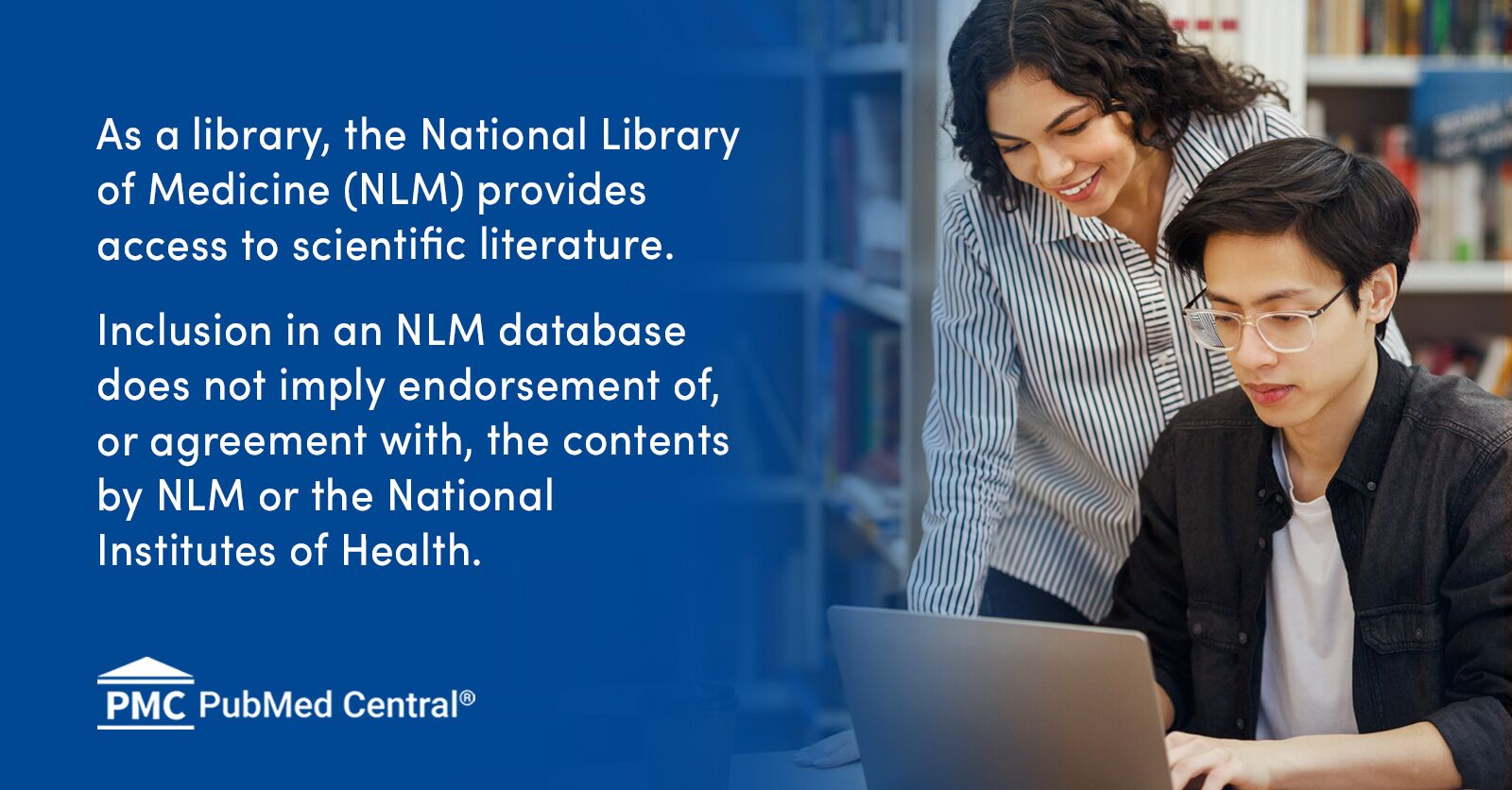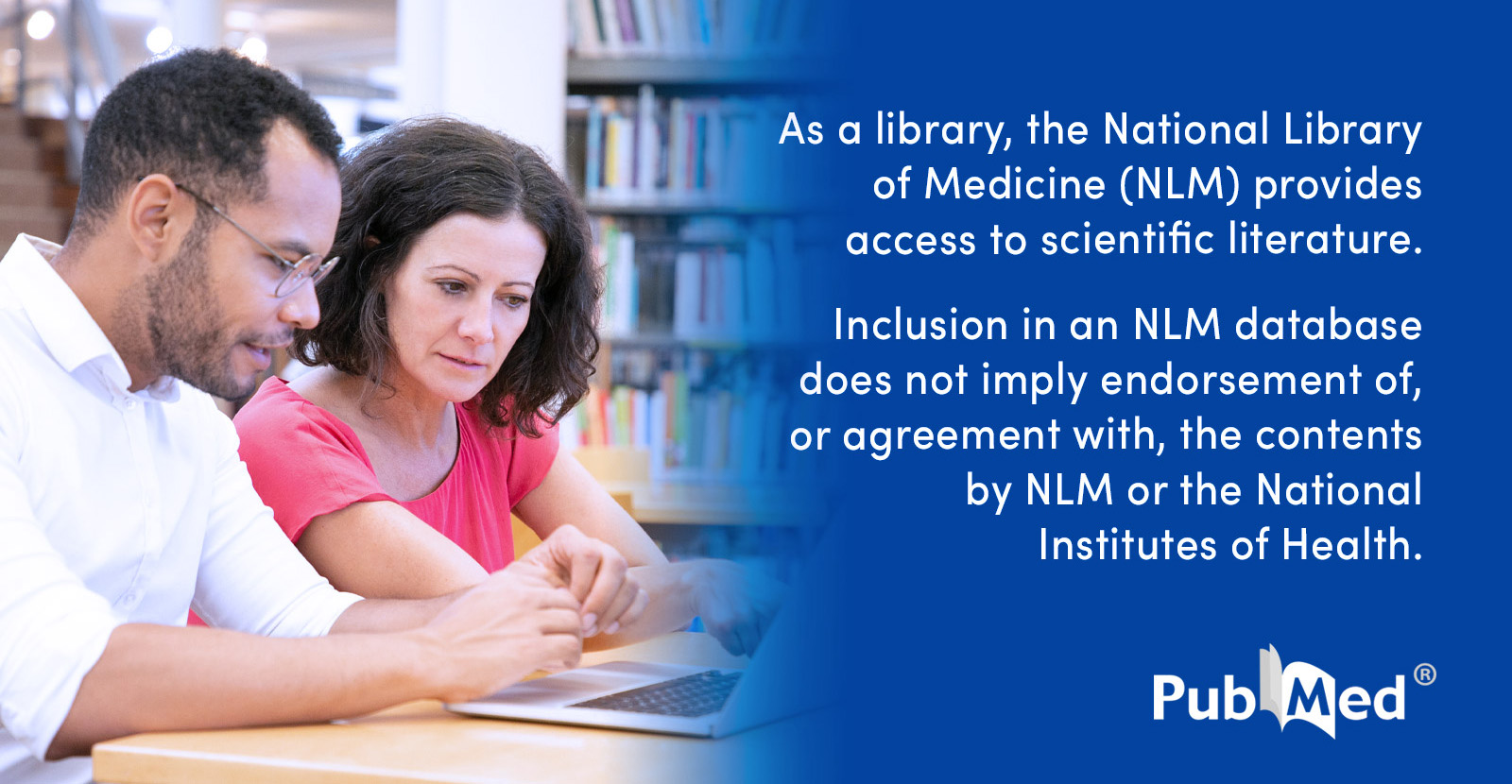Hi
@worldbridger!
I deeply relate to your situation, as I too have experienced the PAIN of spinal vertebrae/disc structural damage, with extreme nerve and tissue damage.
I disagree with your statement of being in as you put it "
bad catch 22-situation".
First of all....Don't PANIC!!
You are only 53, that is awesome!
Men in your age group are in their Prime, as by this age, you all tend to be more intellectually and emotionally settled. Men in their 50's tend to be a bit more willing to learn new stuff, not as territorial and ego driven , and have generally moved passed the "Wild Guy" stage, at least, from my observations of "Most" of the men and boys in my life.
Of course there are always exceptions, but, you are on THIS Forum, so, as far as I am concerned, your good!
I am hopeful that you may understand the info I am sharing, this "Food for Thought" and use it to complete your healing Adventure.
You wrote "...after 30 years of research".
Does that imply that you have been dealing with these bone issues all this time?
Did this start in your early 20's?
As always:
What I am posting is Research for Entertainment Purposes Only.
I have no authority nor license to give any medical, psychological, or life skills advice, I just have information to share, for entertainment purposes only.
I share this "information" and research hoping that, although it contradicts and invalidates MOST of mainstream "Conventional Medical Dogma" and may create a bit of Cognitive Dissonance at first, it makes logical, Natural SENSE.
It is all about resolving a conflict of an emotional Shock Issue, in OUR OWN Psyche/Consciousness.
The body responds, to every shock, for survival, but intellect and ego and looping compulsive thoughts and fears, keep the body in a stuck loop.
That's where the "Severe, and chronic" "crippling and disabling", Pharmaceutical diagnosis gets made by Mainstream Conventional Medical practitioners.
Because the "healing stage" HURTS, it gets interrupted with a scary diagnosis,(as you wrote"bad catch 22-situation") a crap load of drugs,(which you haven't agreed to, it is just Body Centric symptom control) and one tends to stay stuck in the System for LIFE!(But, NOT if you can really GROK this Knowledge!)
Here is a very enlightening and informative essay, from the Learning German New Medicine page:
RETHINKING OSTEOPOROSIS
Caroline Markolin, Ph.D.
Osteoporosis, defined as a “disease” in which the bones become porous and weak, occurs (so we learn) predominantly in women following menopause. But why are postmenopausal women at greater risk? Why does not every postmenopausal woman develop it? Why do some suffer more bone loss than others? Why is in one case the spine affected in another the hip or the shoulder? German New Medicine, discovered in 1981 by German internist
Dr. med. Ryke Geerd Hamer, offers us sound scientific answers to these questions.
A bit of background information:
Dr. Hamer explains disease as a
synchronous interaction between the psyche, the brain, and the organ. He discovered that every disease is
set off by an experience that catches us completely off guard. He called this unexpected conflict shock a DHS (Dirk Hamer Syndrome), in honor of his son Dirk whose sudden tragic death had initiated his own cancer. According to German New Medicine,
every so-called disease has two phases. During the first, conflict active phase,
we feel mentally stressed, we have cold extremities, little appetite, and suffer from sleep disturbances.
If we resolve the conflict we enter the resolution or healing phase. This is the
period in which the psyche, the brain, and the corresponding organ undergo the phase of recovery, an often difficult process with fatigue, fever, inflammations, infections, and pain.
In German New Medicine,
the brain (the actual brain matter) is of fundamental importance. Dr. Hamer found that
at the very moment we suffer a DHS, the conflict shock impacts a specific area in the brain leaving a mark (a lesion) that is clearly visible on a brain scan. Since
each brain relay correlates to a particular organ, the tissue that is controlled by the affected brain area responds by developing a tumor, an ulcer, a necrosis, or a functional disturbance.
Whether the organ responds to a conflict shock with a growth or a tissue loss depends on the layer of the brain that is affected. By taking into account our knowledge of the
evolution INTELLIGENT DESIGN of man, Dr. Hamer further discovered that
in the course of several million years of evolution each brain layer was programmed with certain biological responses that ensured the survival of the species. For example: if a mammal or a human experiences a sudden death fright, the lung alveoli cells immediately multiply to provide more air intake so that the crisis can be endured. We commonly call that lung cancer. Since
every human being is born with these age-old programs, German New Medicine refers to them as “Biological Special Programs”, in clear opposition to the term “disease” that implies a dis-order of the organism and a malfunction of Nature.
By systematically analyzing thousands of brain CTs of osteoporosis patients, Dr. Hamer established that the
bone tissue is always affected when a person experiences a sudden breach of self-esteem. Such a “self-devaluation conflict” can be triggered by an unfair remark, by being put down, by failing at work, in sports or in school, or when we feel unsupported. Illness, aging or the transition to retirement provide infinite situations that can trigger a loss of self-confidence. The location always depends on the specific kind of self-devaluation. If we feel devalued as a whole, the entire back will be affected. If we feel devalued below the waist (often a partner problem) the pubic bone will suffer the consequences. A loss of self-respect as in “I am a bad partner” will affect the right shoulder, assuming the person is right-handed. Since the brain plays such an integral part in German New Medicine, laterality is a decisive factor for assessing the situation.
The brain layer that receives
the shock of a self-devaluation is the cerebral medulla (the interior part of the cerebrum), that controls the bones, tendons, muscles, and other supportive tissues that literally carry our self-esteem. On the organ level we see the following changes: at the moment the conflict strikes, the callus cells in the bone begin to decrease, causing gaps and little holes in the bone. The clinical term for this decalcification process is osteoporosis.
The longer the conflict lasts the more bone mass will be lost. However, at this stage, there is no real danger of fracture because the periosteum, the skin that covers the bone, still provides a stabilizing shield. The conflict resolution is like turning a corner. The moment we regain our self-esteem the gaps will be refilled and the affected bone will be reconstructed.
The swelling that comes with the repair process causes the stretching of the periosteum which can be very painful. When the periosteum stretches, the bone loses its support and breaks easily. So it is in the healing process that there is the greatest risk of spontaneous fractures.
After the repair is complete the bone is much stronger than before. Biologically, this process serves the purpose of strengthening the bone tissue that was affected by the conflict shock, so that next time we suffer a DHS of this kind, our organism (the bones and joints) are better prepared.
German New Medicine provides the missing link as to why not every postmenopausal woman develops osteoporosis. As gynecologist Dr. Susan Love documents in her
Hormone Book, the correlation between bone loss and estrogen deficiency is purely hypothetical. Dr. Hamer's research also shows that osteoporosis has nothing to do with hormonal changes but instead a lot with the loss of self-esteem of postmenopausal women. After the kids have left home a woman often feels no longer needed. With the changes that come with menopause, women just don't feel the same. Their physical, mental and sexual performances are not what they used to be. At this stage in life, a woman's self-confidence is very vulnerable.
Hormone Replacement Therapy (HRT) has been regularly prescribed for a loss of bone density until recent research has put it under new scrutiny (its serious side effects were recently publicized by the Women's Health Initiative). Does Hormone Replacement Therapy work? It is well known that estrogen makes a woman look younger which consequently makes her feel more attractive. This estrogen boost might just do the trick to resolve a woman's self-devaluation conflict. So it is not the estrogen per se that improves bone health but rather the effect of the hormone on a woman's psyche. GNM truly offers us a lot to (re)learn.
Understanding osteoporosis based on German New Medicine (GNM)

learninggnm.com
Welcome to the LearningGNM website, created by Caroline Markolin, Ph.D., for the common good.

learninggnm.com



